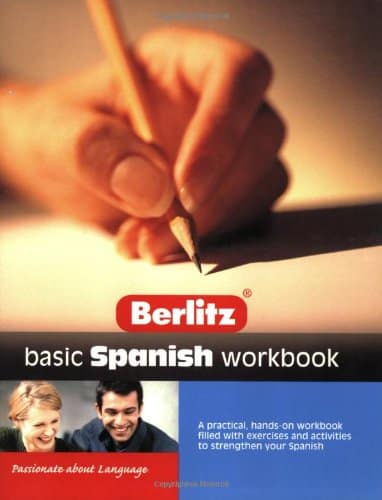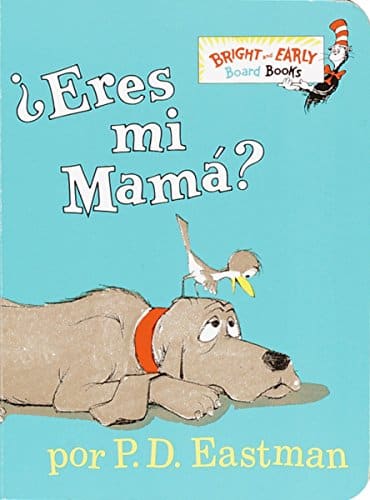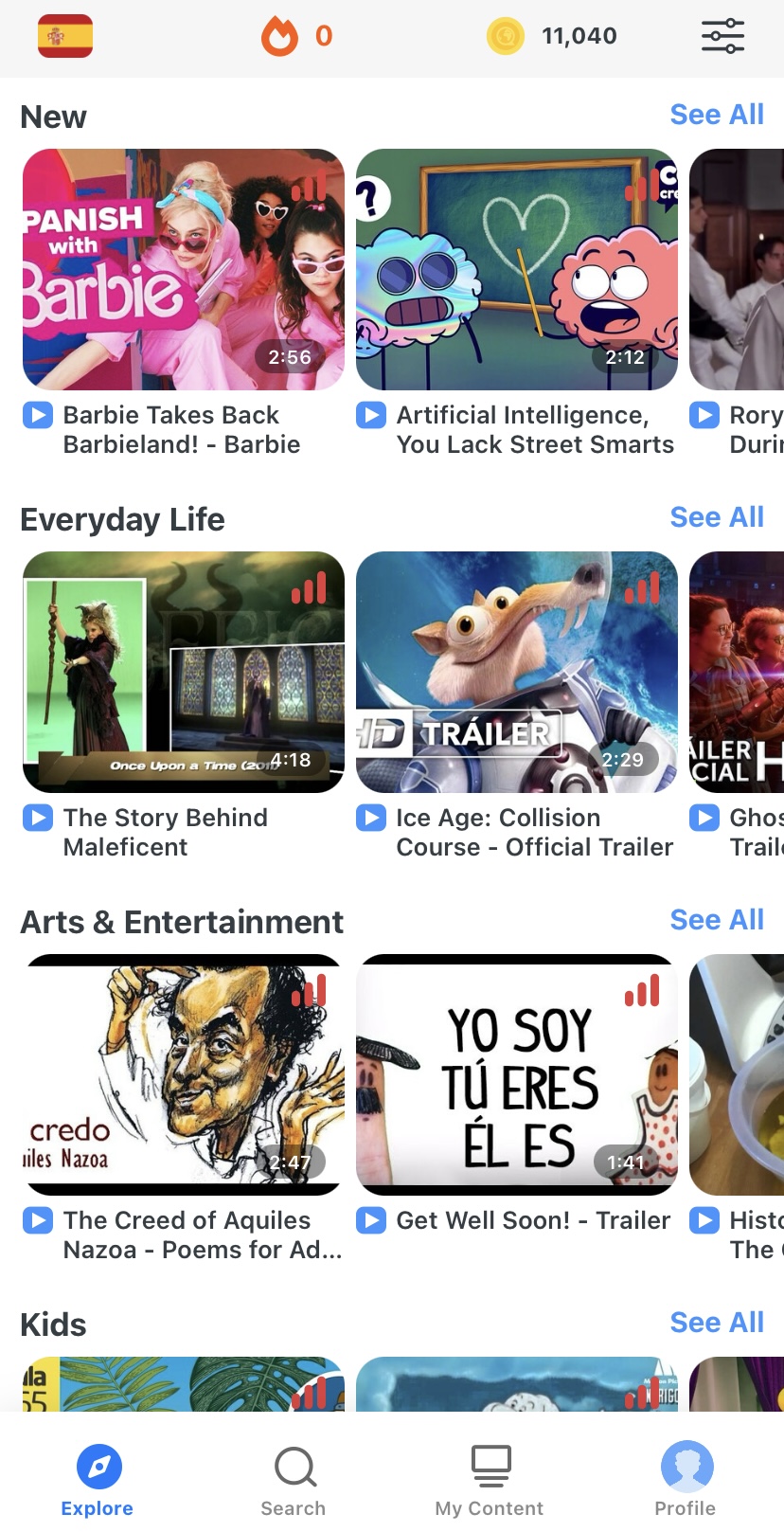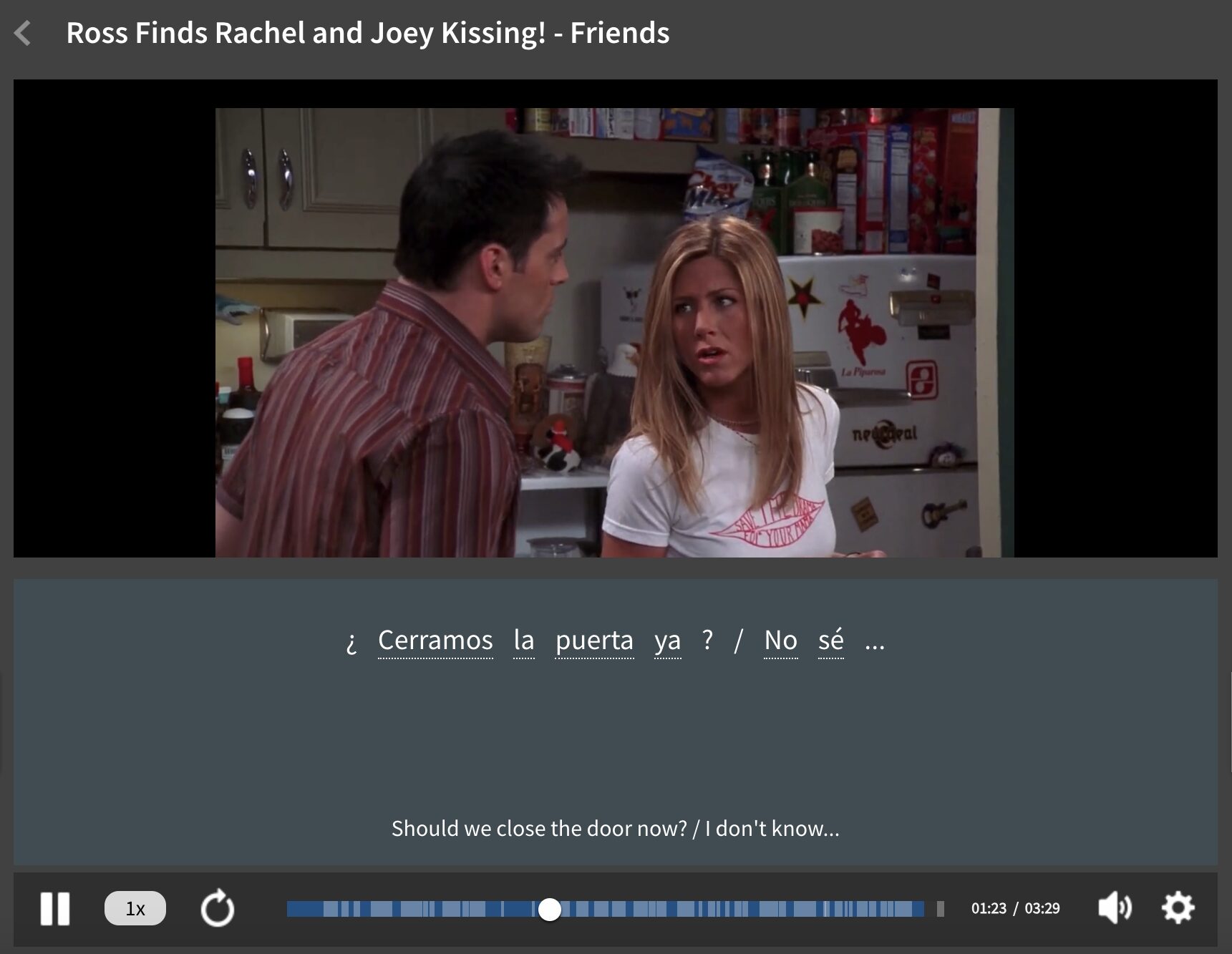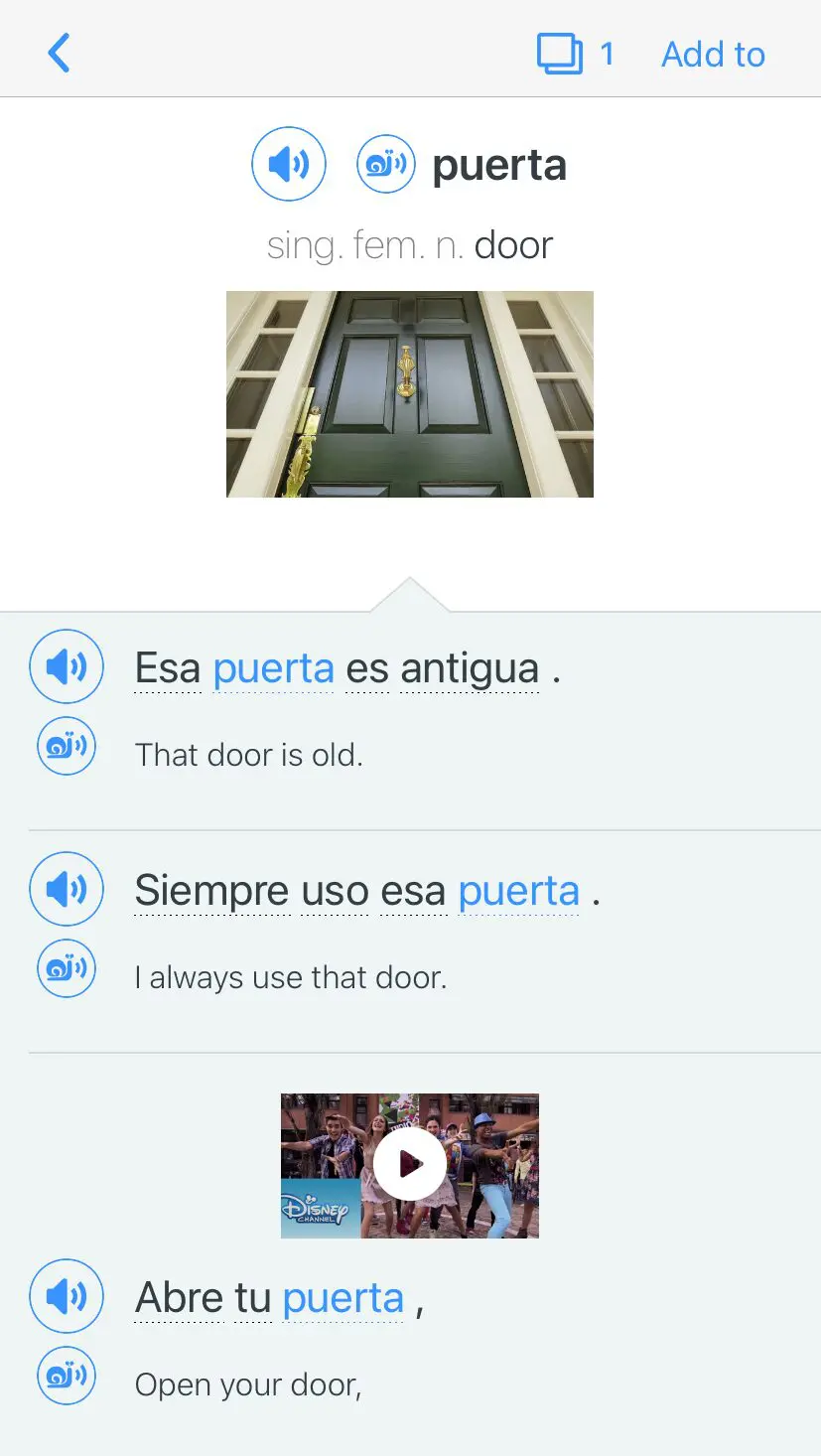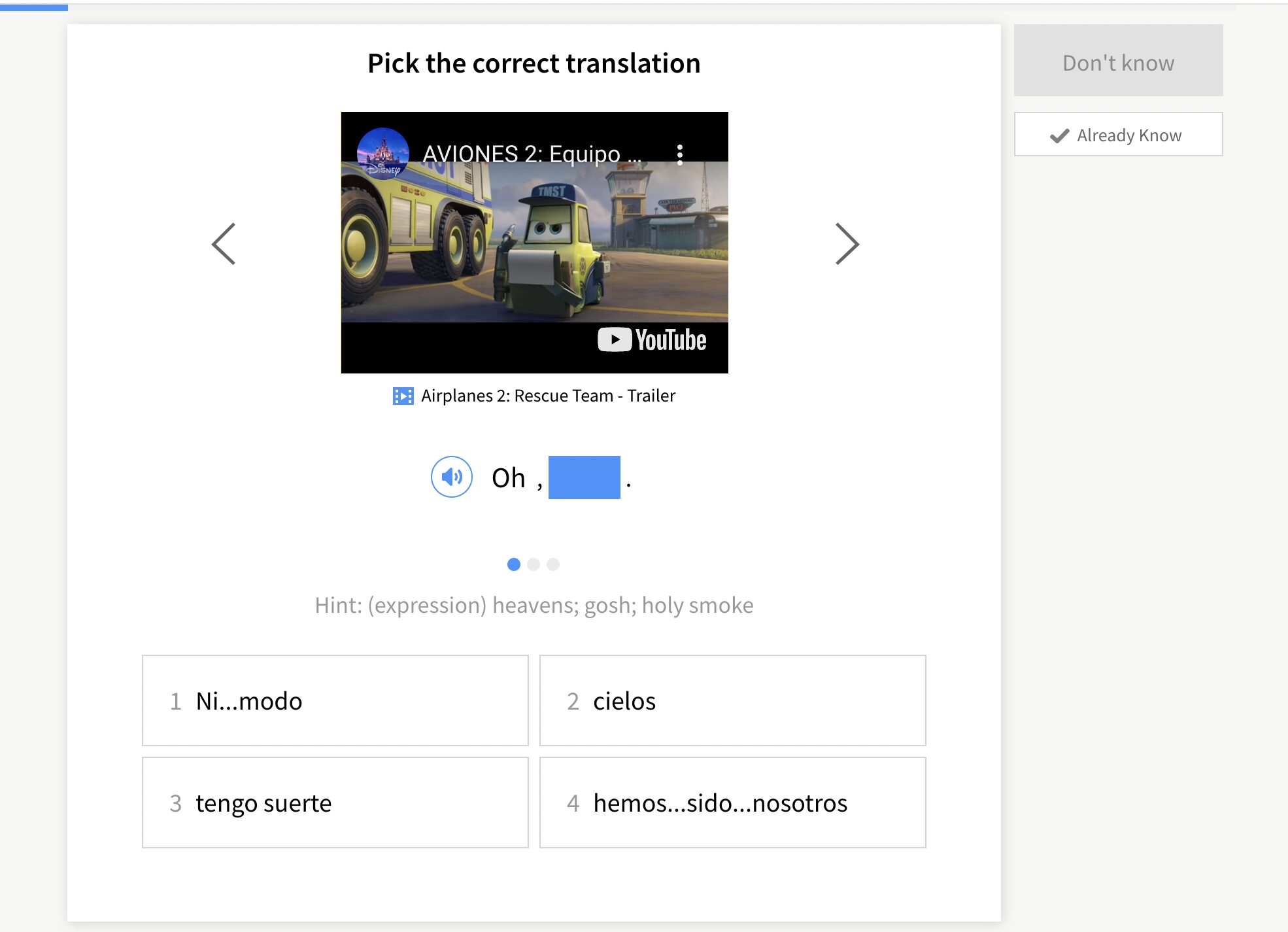Contents
- 1. Schedule Spanish Practice into Your Calendar
- 2. Incorporate the Process of Chunking
- 3. Try the Goldlist Method
- 4. Learn New Words Through Music
- 5. Connect Different Words Using Mind Maps
- 6. Actively Use New Words in Context
- 7. Watch Out for Patterns
- 8. Use Fun Mnemonics
- 9. Practice with a Workbook
- 10. Listen to Native Spanish Speakers
- 11. Read Children’s Books or Bilingual Texts
- 12. Engage with Spanish Speakers and Learners
- And One More Thing…
How to Memorize Spanish Words in 12 Ways

Sometimes, it can feel like no matter how often we drill new Spanish words, they still slip away.
But with these 12 simple study tactics, you can cement Spanish vocabulary into your memory more quickly and efficiently.
Download: This blog post is available as a convenient and portable PDF that you can take anywhere. Click here to get a copy. (Download)
1. Schedule Spanish Practice into Your Calendar
The best way to learn and memorize a new language is to practice every day. In fact, bestselling author Malcolm Gladwell popularized the idea of taking 10,000 hours to master a skill. And scientists have also found that superior performance is linked to practice beyond the point of mastery.
If you’re currently in school or taking a class, this will be a piece of cake. But if you’re studying on your own, you’ll need to be very disciplined about your practice.
Specifically, you need to add time to practice into your schedule as a non-negotiable calendar event. How exactly you spend that time is up to you.
For example, you could try to find vocabulary drills that work well with your lifestyle (do you prefer to drill words in a comfy chair at the end of the day, or do you want to squeeze in some practice in the office between meetings?).
Here are some ideas for how to spend your Spanish vocabulary practice time:
- Write down sentences using the new words. Don’t forget to apply the grammar rules you’ve learned so far, as well.
- Talk out loud to specifically practice a set of new words. For example, if you’re practicing how to conjugate Spanish verbs, you could say out loud the verbs as you conjugate them.
- Download a Spanish flashcard app so you can drill new words anytime, anywhere. Better yet, use a flashcard app where each new word comes with a picture. That way, you can more easily associate the word with its meaning in visual form.
2. Incorporate the Process of Chunking
One simple method for learning a new language quickly is a technique called “chunking.”
Chunking involves taking multiple small pieces of information and putting them together to create a larger piece (“chunk”) of information. Breaking up a sentence into chunks makes it easier to memorize (in the short term) and to comprehend (in the long term).
In this case, you can learn Spanish words by chunking them into larger phrases. The words you choose for your chunks can come from the lists of vocabulary words you’re studying.
Alternatively, you could also create a chunk that includes both a verb and a noun. Seeing how these words work together can help with your overall Spanish comprehension.
The chunks might also include something like these two phrases:
- Que trabajo tenías (What job did you have)
- Cuando eras adolescente (When you were a teenager)
With the resulting sentence turning into:
¿Qué trabajo tenías cuando eras adolescente? (What job did you have when you were a teenager?)
When creating chunks, it may be helpful to plug your complete sentence into a translation app to make sure you’ve captured the right verb tenses throughout the sentence. Otherwise, you risk learning chunks that don’t actually agree with each other, which can hurt your progress.
3. Try the Goldlist Method
The idea behind the Goldlist method is to help your memory naturally retain information (like your new Spanish words) through a process of repetition.
Here’s how it works:
- First, write down at least 25 of the Spanish words you’re trying to learn. Include their meaning, definition or some type of description in your native language. To help with visualization and organization, use a lined sheet of notebook paper.
- Read them out loud, mindfully. At this stage, you don’t want to force yourself to remember them just yet. Writing and reading these words aloud shouldn’t take more than 20 minutes to avoid straining your long-term memory.
- Do as many 25-word (or so) chunks per day as you want, as often as you want. As a best practice, however, aim for about 10 sessions or 250 words as a maximum, taking a 10-minute break between each one.
- After two weeks, go back to the list you made and read the first 25 words you wrote down. This specific two-week number is important, because it allows short-term memory to fade, and helps to ensure that information has been committed to your long-term memory.
- Read through your list and mark off the items that you’ve remembered. A study by German psychologist Hermann Ebbinghaus found that you’ll likely remember up to 30 percent of these words (about eight total). That’s nothing to scoff at, considering the minimal effort you put into memorizing them.
- Rewrite your list again using the 17 (or so) words you didn’t remember. Do this up to 10 times with a two-week break in between, and you’ll have certainly learned all the words on your list.
To make it easy and help your brain connect the dots, consider grouping your words into themes, like food-related vocabulary words or color vocabulary words.
4. Learn New Words Through Music
If you’re a musical learner, learning a new language through song may be the easiest method to memorize Spanish words.
Songs are catchy (and sometimes silly), so they’ll help you get the hang of your vocabulary fast. The rhyme schemes and repetition will support your memory much better than rote memorization of new words. You might even opt to choose a popular song’s Spanish version that you already know in English.
There are several music-oriented websites where you can learn Spanish songs. Don’t forget to look up the lyrics, too, so you can absorb new words visually and aurally.
5. Connect Different Words Using Mind Maps
Mind maps engage your visual memory and help establish connections, making it easier to recall words when needed.
To help you create connections between different words, try creating mind maps to visually organize and connect Spanish vocabulary. Start with a central theme or word, such as “food” or “family,” and branch out by adding related words or subcategories.
Use colors, images and connections to reinforce associations between words. For instance, if your central theme is “food,” you might branch out with subcategories like “fruits,” “vegetables,” “meat,” etc., and further expand each category with specific Spanish words.
You can put your mind maps on your walls at home or keep them with you at work. That way, you can always review the vocabulary whenever you have a spare moment.
6. Actively Use New Words in Context
There are plenty of ways to do this. For example, you could:
- Immerse yourself in the language by actively consuming Spanish words in various contexts. Watch Spanish movies or TV shows, read books, listen to podcasts or follow social media accounts in Spanish. You can even watch your favorite shows in Spanish if dubs are available. On the FluentU Spanish YouTube channel, you can also find plenty of dubbed episodes of popular TV shows like “The Big Bang Theory,” plus in-depth explanations of relevant words and grammar used.
- Practice writing short stories (fictional or otherwise) using the new vocabulary. Incorporating words this way enhances retention by associating the words with practical experiences. If you’re not sure what to write about, you could always use Spanish writing prompts for inspiration.
- Write a poem or song in Spanish. For the songs, you don’t need to have any musical skills—just attach your own Spanish lyrics to a song you already know.
Besides using context to figure out how to memorize Spanish words, you could also dissect prefixes, suffixes or the root of a word, which may be similar to the same word in your native language. For example, computadora is Spanish for computer. You can use the computa- part to take a guess at what the word means in the language you’re less familiar with.
A great way to see Spanish words and grammar in context is to watch authentic Spanish videos on a platform like FluentU.
FluentU takes authentic videos—like music videos, movie trailers, news and inspiring talks—and turns them into personalized language learning lessons.
You can try FluentU for free for 2 weeks. Check out the website or download the iOS app or Android app.
Click here to take advantage of our current sale! (Expires at the end of this month.)

7. Watch Out for Patterns
For example, verbs can seem super scary in Spanish because they’re conjugated differently than in English. Luckily, many Spanish verbs follow similar grammatical patterns. You just need to learn those patterns and you’ll have it all down.
You could start by choosing three regular Spanish verbs: one verb that ends in -ar like andar (to walk), one that ends in -er like comer (to eat) and one that ends in -ir like escribir (to write).
Now, let’s write out the conjugations for these three verbs in the present tense:
| Subject Pronouns | Andar | Comer | Escribir |
|---|---|---|---|
| Yo | ando | como | escribo |
| Tú | andas | comes | escribes |
| Él/ella/usted | anda | come | escribe |
| Nosotros(as) | andamos | comemos | escribimos |
| Vosotros(as) | andáis | coméis | escribís |
| Ellos/ellas/ustedes | andan | comen | escriben |
Looking at these side-by-side, what can we learn?
- All of the yo conjugations end with an “o.”
- If the verb ends in -ar, then you need to put an “a” after the root (as, a, amos, áis, an).
- If the verb ends in -er or -ir, they are basically conjugated the same way except for nosotros and vosotros.
- If the verb ends in -er and -ir, you add an “e” after the root (es, e, emos, éis, en) for all of the pronouns except yo, nosotros and vosotros.
- If the verb ends in -ir, you use an i (imos, ís) after the root for nosotros and vosotros.
8. Use Fun Mnemonics
A mnemonic is something that helps you remember something else. It can be a poem, a song, an acronym or any other word device that helps you remember a group of words associated with each other.
For example, here’s one I threw together for the days of the week (starting with Monday):
| Lunes | Los | The |
| Martes | Mares | Seas |
| Miércoles | Matan | Kill |
| Jueves | Jóvenes | Young men |
| Viernes | Valientes | Who are brave |
| Sábado | Cuando saltan | When jumping |
| Domingo | Delfines | Dolphins |
Yeah, it isn’t perfect, but that’s not the point. The point is that now I will remember the days of the week in Spanish.
It’s best to create your mnemonic in Spanish, but doing one in English is just fine, too. You could also use them to remember everything from when to use the subjunctive to whether you should use por or para.
9. Practice with a Workbook
Something like “Spanish Basic Workbook” can really help you study. The book is split into sections, which is great for targeted studying, and has lots of exercises.
If you can’t use that particular workbook, don’t worry. There are tons of similar books available online and at your local library, too.
The best thing about a workbook is that there’s usually a key at the end so you can check your work and see how well you did.
If possible, find a workbook that supplements a textbook with all of your Spanish lessons. Better yet, find one that’s both a workbook and textbook at the same time.
10. Listen to Native Spanish Speakers
Going on video streaming platforms like YouTube can be a great way to hear native accents from Spanish speakers all over the world. This helps you to improve your own accent and also to better understand Spanish as it’s spoken naturally. You can also listen to native speakers by watching Spanish language movies on Netflix.
As you hear native speakers, your accent will improve. Try to mimic the way they pronounce the words and their accents as much as you can.
11. Read Children’s Books or Bilingual Texts
“Are You My Mother?” is a classic and a favorite. If you don’t know this story, you can also choose an equally easy Spanish book that you know and love because you’ll more easily understand the grammar and vocabulary without a dictionary.
Most importantly, you can read what you’ve learned in an authentic context—i.e., you’re seeing the words as they’d actually be used in real life.
Alternatively, you could also look at bilingual books. They’re so called because you can see the original Spanish text and its English translation side by side. That means, even without pictures, you could easily understand what you’re reading just by quickly glancing at the translation.
12. Engage with Spanish Speakers and Learners
When learning Spanish, it can help to surround yourself with people who are in the same boat as you. You don’t all have to be at the same phase of learning, either—these can be people in the same class as you, friends on Facebook or total strangers. The important thing is they’re all trying to improve their Spanish and wanting to help you.
Luckily, there are plenty of places to find these people, like Spanish language Meetup groups in your area. Through these, you can meet other learners in person, and if none of these groups exist where you are, you could always start one.
Better yet, get a private native Spanish-speaking tutor who can help you make progress one session at a time. Verbling is one of the best places to find a Spanish tutor who’s right for you based on availability, price, experience and dialect.
There are several methods for learning how to memorize Spanish words easily. Finding one that aligns with your preferred learning style can make the process less of a bane and more fun overall.
Pick the strategy that works for you and commit to it. Make time in your schedule to practice Spanish, and you’ll become a better Spanish speaker in no time.
Download: This blog post is available as a convenient and portable PDF that you can take anywhere. Click here to get a copy. (Download)
And One More Thing…
If you’re like me and prefer learning Spanish on your own time, from the comfort of your smart device, I’ve got something you’ll love.
With FluentU’s Chrome Extension, you can turn any YouTube or Netflix video with subtitles into an interactive language lesson. That means you can learn from real-world content, just as native speakers actually use it.
You can even import your favorite YouTube videos into your FluentU account. If you’re not sure where to start, check out our curated library of videos that are handpicked for beginners and intermediate learners, as you can see here:
FluentU brings native Spanish videos within reach. With interactive captions, you can tap on any word to see an image, definition, pronunciation, and useful examples.
You can even see other videos where the word is used in a different context. For example, if I tap on the word "puerta," this is what pops up:
Want to make sure you really remember what you've learned? We’ve got you covered. Practice and reinforce the vocab from each video with learn mode. Swipe to see more examples of the word you’re learning, and play mini-games with our dynamic flashcards.
The best part? FluentU tracks everything you’re learning and uses that to create a personalized experience just for you. You’ll get extra practice with tricky words and even be reminded when it’s time to review—so nothing slips through the cracks.
Start using the FluentU website on your computer or tablet or, better yet, download our app from the App Store or Google Play.
Click here to take advantage of our current sale! (Expires at the end of this month.)
